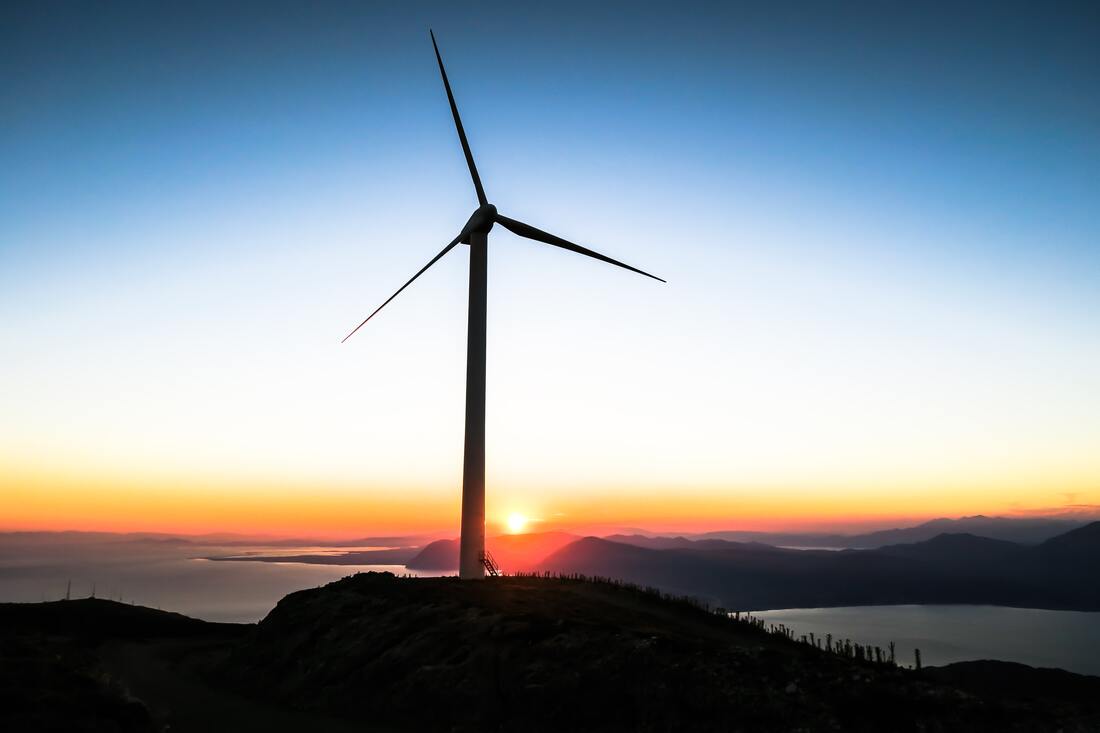Putting aside political, professional, or personal preferences, newly elected President Joe Biden has made his policy objective perfectly clear: cut emissions. Within minutes of taking office, the United States rejoined the Paris Climate Accord and committed to playing a major role at COP26 in Glasgow in November. Virtually every cabinet member is focused on climate. And, the White House has also assembled an experienced climate advisory team headed by former EPA Administrator Gina McCarthy; David Hayes will be special assistant to Biden on climate policy; Maggie Thomas was named chief of staff for the domestic office; Sonia Aggarwal, who co-founded the think tank Energy Innovation, will be senior adviser for climate policy and innovation; Jahi Wise was named senior adviser for climate policy and finance; Cecilia Martinez will be senior director for environmental justice at CEQ.
The Biden administration will address the emissions of a wide range of sectors, from agriculture and water, to health and education. But above all others, the primary focus will be on the power sector.
This issue of Energy Today reviews four areas of energy that will likely receive the most attention from the new administration:
The Biden administration will address the emissions of a wide range of sectors, from agriculture and water, to health and education. But above all others, the primary focus will be on the power sector.
This issue of Energy Today reviews four areas of energy that will likely receive the most attention from the new administration:
- Cooling/Refrigerant Management
- Transportation
- Wind energy
- Utility-scale solar photovoltaics
Editor's note: Inspiration and uncited statistics come from Project Drawdown.
Table of Contents
|
There's A Lot Riding On It
More than half the oil consumed in the US is used to fuel cars and trucks, which means that transportation is the largest source of greenhouse-gas emissions in the country. There’s no way the Biden administration can achieve its climate objectives without major policies on behalf of electric vehicles. |
|
Chill Out
Air conditioners improve the lives of millions of people around the world. But these necessary devices require cooling gases — like hydrochlorofluorocarbons (HCFCs) and chlorofluorocarbons (CFCs) — that are key culprits in depleting the stratospheric ozone layer. No issue is more important for President Biden's climate agenda than curtailing these horrific cooling gases. |
|
Here Comes the Sun
If President Joe Biden is committed to reducing U.S. emissions, then there is no viable scenario that does not include a massive increase in utility-scale solar power. |
|
Change Is In the Wind
Humans have harnessed the power of wind for millennia. However, wind energy has its challenges - the weather is not the same everywhere. The variable nature of wind (and solar) power means there are times when turbines are not turning (or the sun is not shining). If the Biden administration commits to wind power, the administration must come up with policy solutinos that address its “intermittency problem." |











